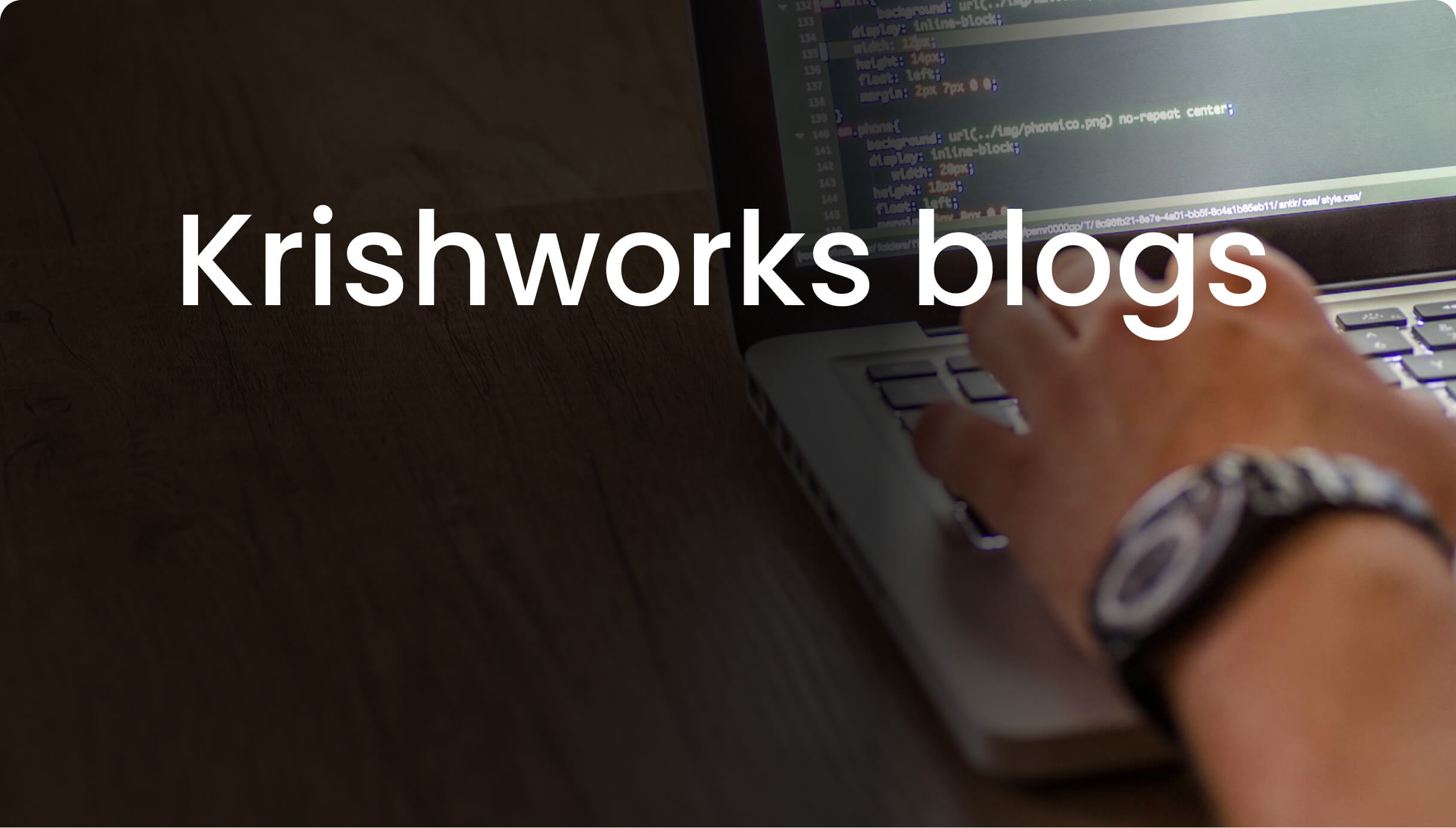Developing and building a mobile app is not the easiest task to handle. It takes a lot of sweat and tears to finally get the result you want. You need to know and understand the basics and the market structure in order to launch your very own app. Millions of people all around the globe uses thousands of apps every single day.
It is possible that the app that you want to make is already there. You do not need to get demotivated because of that. You need to just want to have some more refined features that will make your app unique and will keep your target audience happy.
But first, you need to know the basics of mobile app development. It is okay for a first timer to feel lost in this field. I will take you down to major 8 stages of mobile app development life cycle:
STAGE 1–PLANNING:
Planning is the initial and the most vital stage of a mobile app development cycle. Planning will help you to form your ideas systematically and will give you a comprehensive idea of the entire project. It will help you to set goals and what is expected from them.
I have divided the planning stage into three phases that will help you in thorough planning process:
A. IDEAS AND CONCEPTS:
First, you need to know what kind of app you want to create. For this you need to have an idea of the following things:
- Who is this app for (target audience or customers)?
- What kind of an app it will be?
- What will the objectives of the app?
- How will it benefit the users as well as the developer?
By thinking about these aspects, you can come with your own unique app.
Many developers do not make their own new app with brand new features but they just update the existing app. You can also make a new app similar to the existing ones just by adding new features that was previously not there. This way you can attract more customers to your app.
B. IN-DEPTH MARKET RESEARCH:
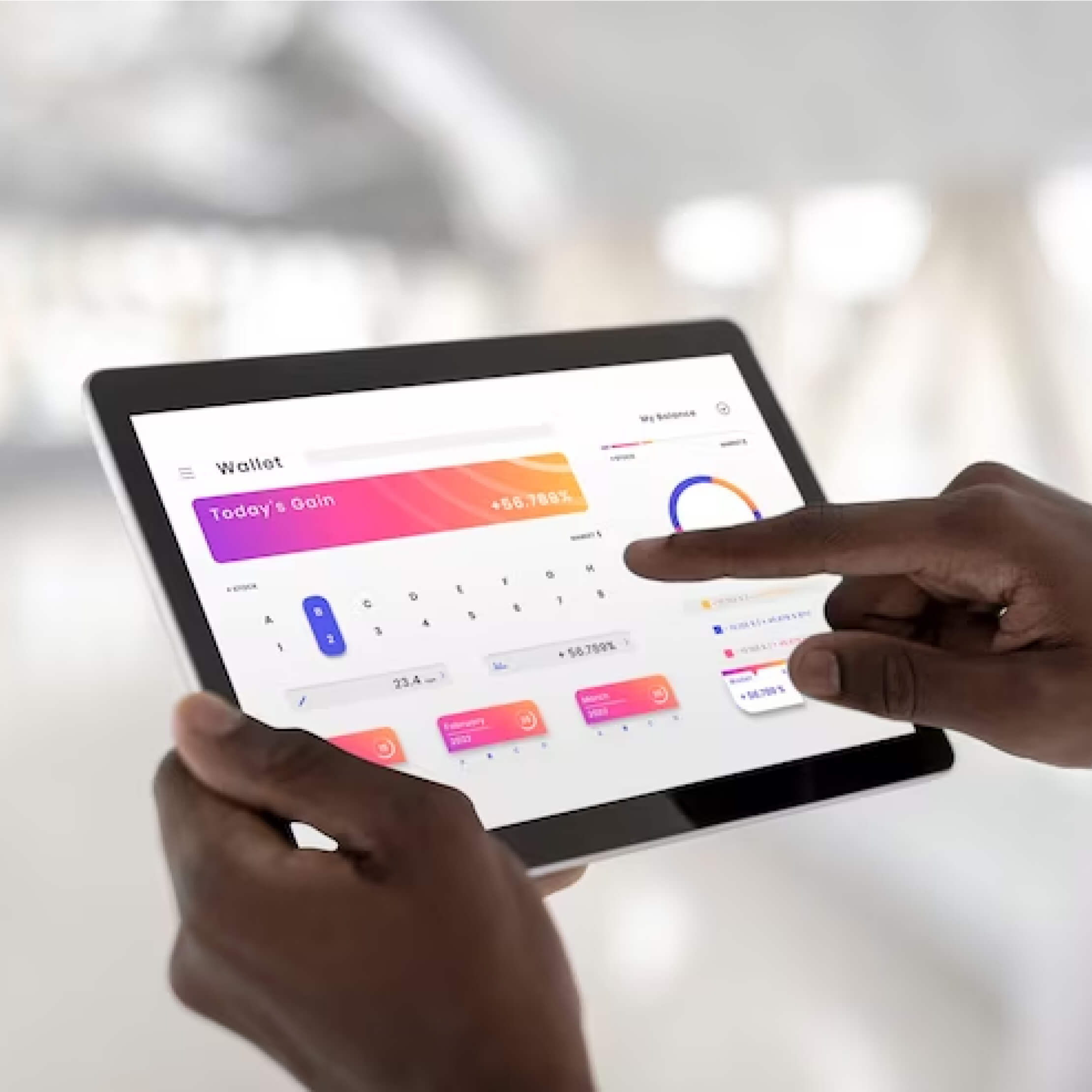
Market research is a much needed process that one has to study and understand in order to develop and launch an app. As soon as you have decided to develop your own app, you have stepped in a more competitive world where thousands of developers are creating similar app with more innovative features and concepts.
When creating a similar existing app, you need to go through and study the following aspects:
- Name of the App:
App name is one of the important characteristic of an app. It helps the user to identify the app that will meet their demands. You need to make sure your app have the keywords that the users look for before installing. Many developers make a mistake by ignoring this.
Scroll through all the names of the apps and check which word is common or repeated. That particular word is your keyword. Make sure to add that keyword in the name of your app.
- Features:
Study the core features of all the existing competitive apps. Check for the missing features or the ones that needs to be carefully worked upon. You install the apps and see for yourself which feature needs updating or which needs to be added. Check all the unique features and come up with something more innovative to surpass it.
- Publisher of the App:
You might want to know who developed or published the app. Is just a single person or an app development company? This will give you an idea about who you are against.
Generally single developer provides their social media accounts where you can check their work and any videos or pictures regarding the app. Single developers usually have a lower budget compared to the big companies, so it will be easier for you to understand how they went through the entire process.
Big companies have a bigger budget when it comes to developing an app and you can also Google their websites and learn more about their products.
- Monetization:
Check how each app developer has monetized their apps. Is it a free app or a paid one? Or it has in-app purchases? Study which one is the convenient method for you and which will attract more customers.
- Last Updated:
This condition is one the important ones that you need to study. See which apps are not frequently updated. App which is not frequently updated is the ones that users avoid and faces a lot of problems with. If the last update has not been done for a long time, aim for that app as your app by adding new features to it and keeping the customers happy and taking up the market share.
If some apps are updated frequently, then that is one that is your top competitor.
- Downloads:
Check the number of downloads for each app. You can use tools like Sensor Tower and Mixpanel to see the number of downloads. More is the download of an app, more content the users are with it. So you need to aim for such an advanced app that will increase the number of downloads of your app.
- Reviews and Ratings:
User’s contentment and feedback is a key objective to maintain your app. Read through all the feedbacks given to the competitive apps. Select through the ones which has a poor rating and reviews. That is the app that you would want to update or remake.
Your customers will tell you when they are facing a problem and its usability. That way you can understand how much your app is actually working.
C. LIST DOWN THE FEATURES:
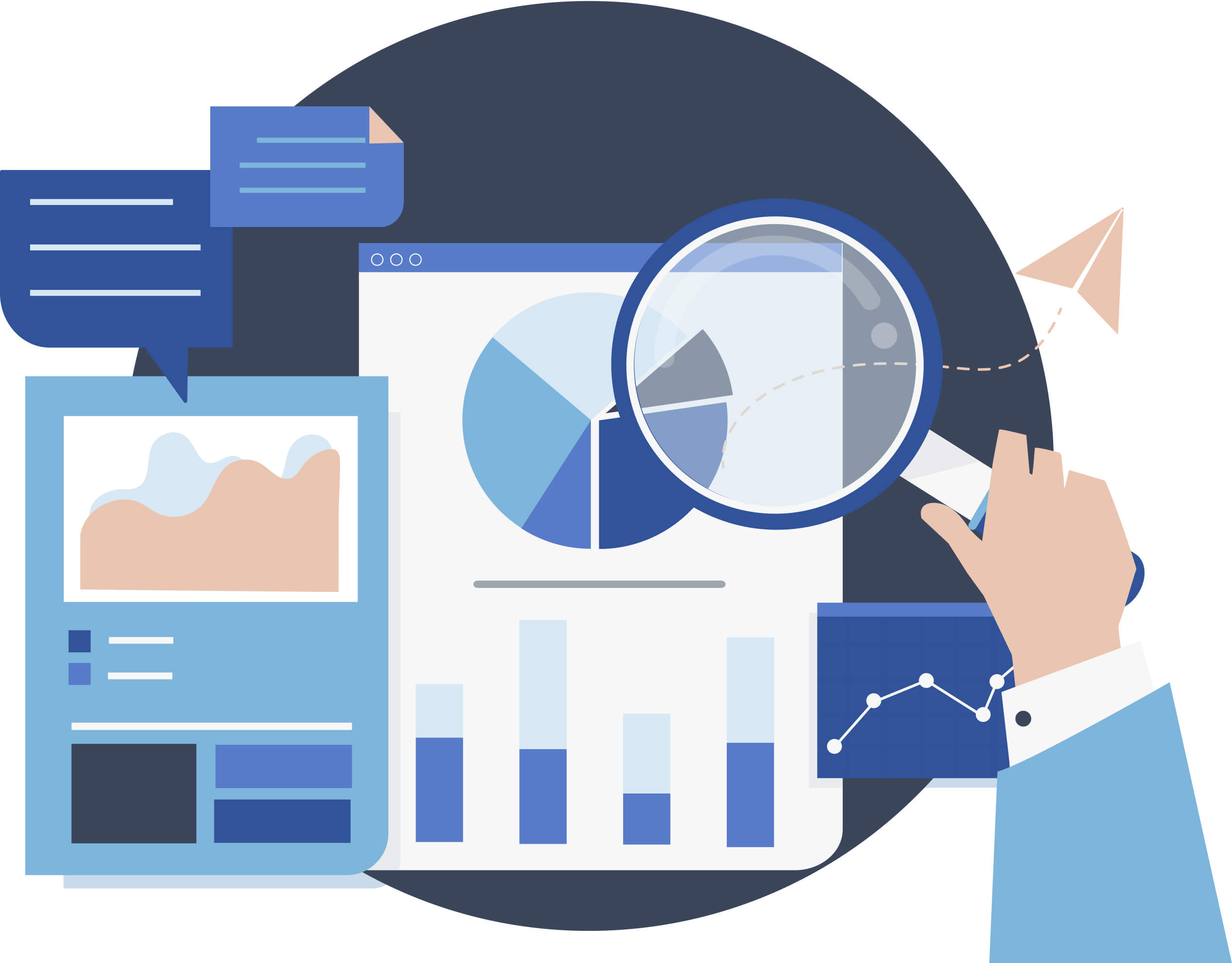
Once you have a thorough knowledge and understanding of the market structure, you can list down all the features you think are necessary to have and the features you would want to have. Check the common missing features of each app or the unique features and decide how you will work on that.
One thing I have noticed while doing social media is that people often put up polls on Instagram, to decide on a particular thing. You raise questions like “WHAT IS THE ONE FEATURE YOU THINK YOU SHOULD HAVE IN THIS PARTICULAR APP?” This is a clever way to ask your friends and followers about what is that one feature they are dying to have in an app.
Opinions of others will help you to get even better ideas about what features your app should have and what goals they should meet.
STAGE 2– DESIGN:
Designing your app also a vital stage which will help to present your app and how it will look like and what functions it will have.
For designing an app you need to focus on two aspects:
a. Wireframing:
Wireframing is a two-dimensional blueprint of how your app would look like and how the user can interact with it. It can be both pen and paper wireframing and a digital wireframing. Wireframing tools are very flexible and it helps to create a layout for the app. This helps the developers to get the basic idea about how their app looks like before going to the finer intricate details.
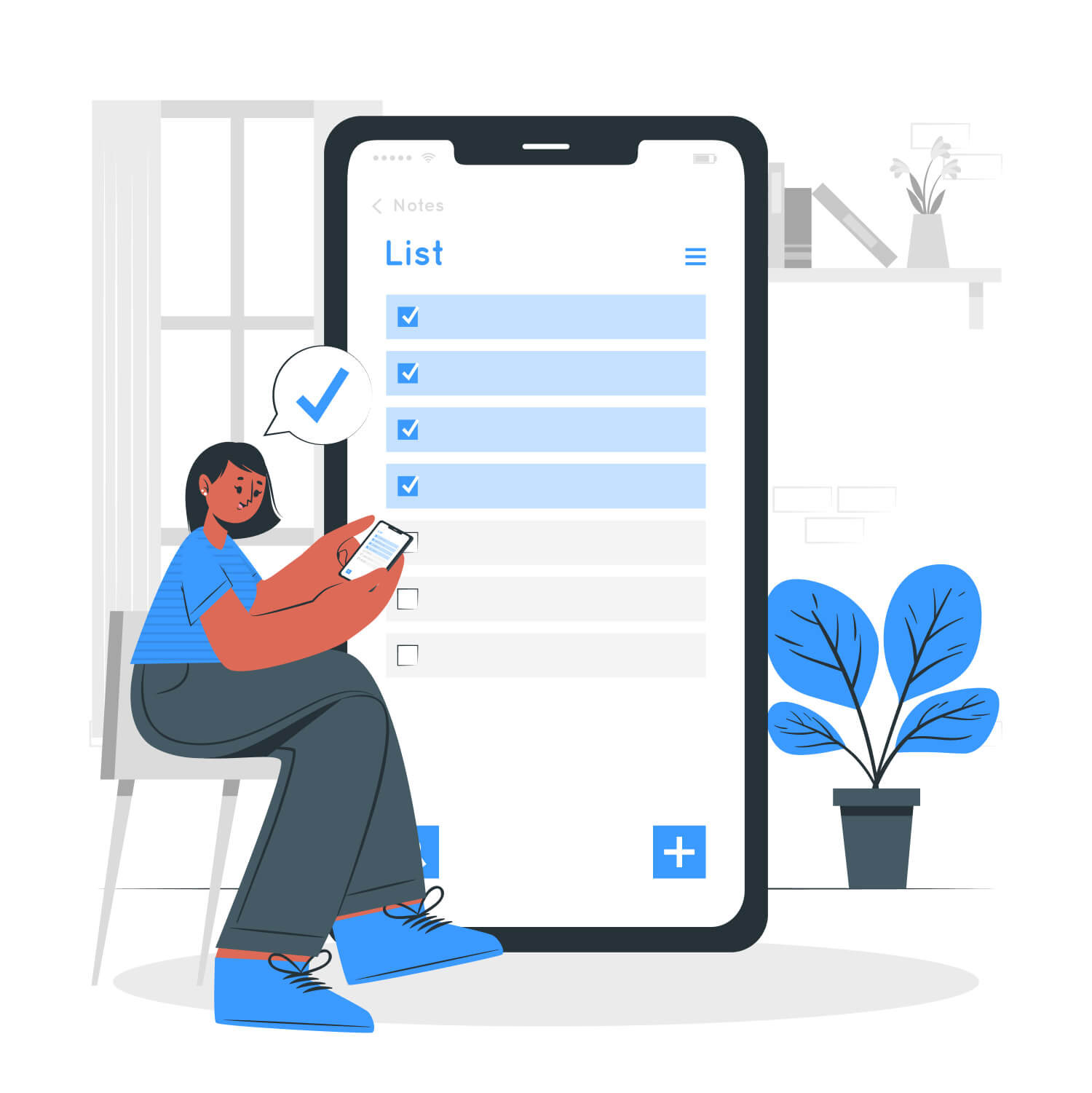
b. Graphical Design:
Hire a professional designer, to create how your app will look like, what colours to use, what fonts to use and how the shape and buttons will look like. You can create your own theme with your own logo for your app.
You can even use tools like Adobe Spark and Desygner for choosing your own templates or designs.
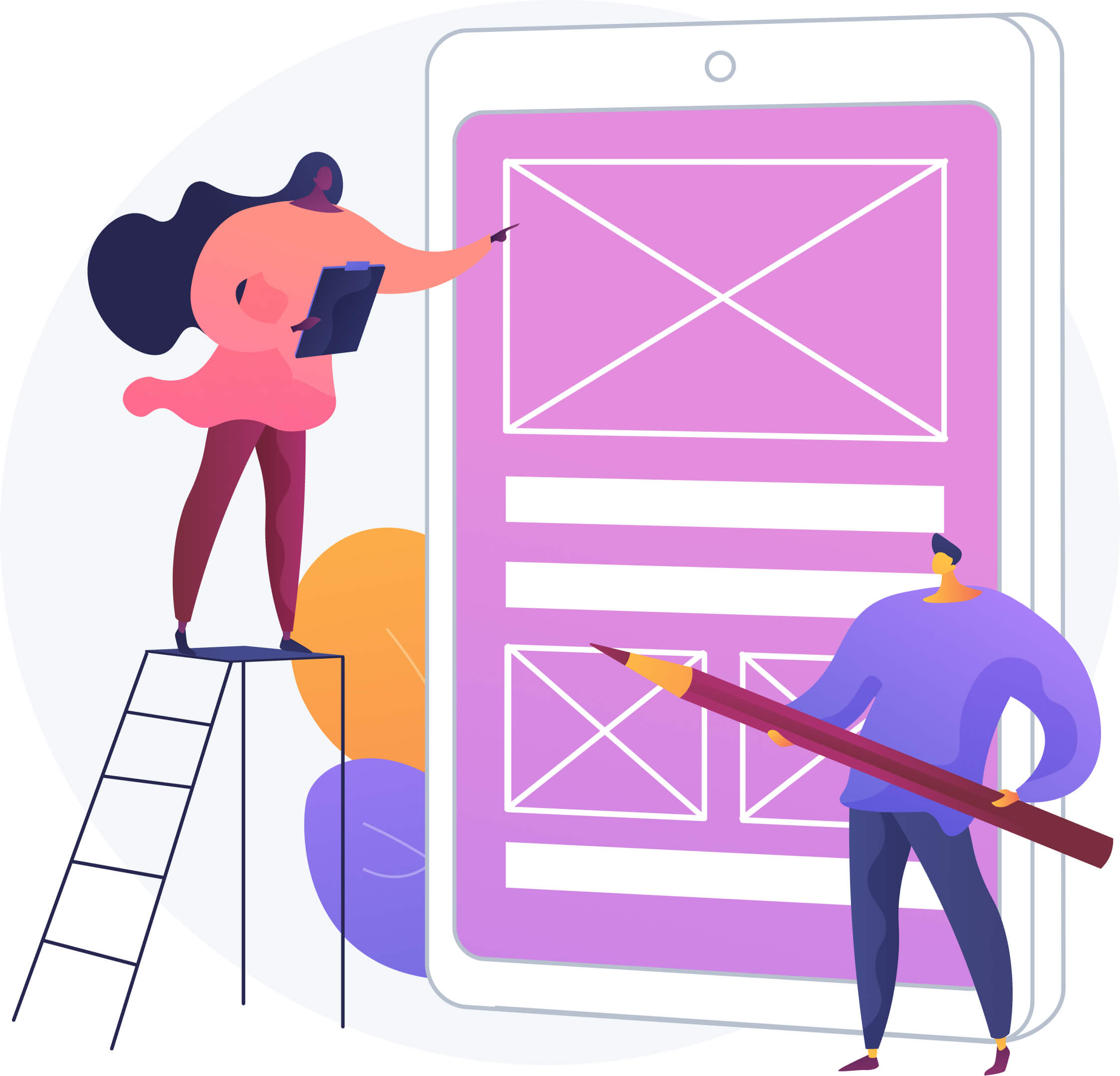
STAGE 3-MONETIZE YOUR APP:
Think about the ways you will want to monetize your apps according to your convenience and customer’s demand.
You can monetize your app in the following ways:
A. Free app with in-app purchases:
You can make your free to download but you can limit certain features and encourage the users to buy in order to get those features. They can also wait to unlock those features by watching ads (in-app advertising).

Some games have their in-game currency through which the user can unlock certain levels, or features of the game.
B. Paid app:
You can make a paid app. That is, users will have to pay for those apps in order to install or download it.

C. Subscription services:
The app is free to download but certain features are limited. To get those features and enjoy its benefits, the user has to subscribe and pay for the subscription plan.
D. Sponsorship and Partnership:
If your product becomes popular in the market, many companies would want to partner with you and use your product, or offer you a sponsorship and promote your product.
STAGE 4- DEVELOP THE APP:
You can start developing or building your app by using these methods:
- You can start learning how to code but it will take time in order to learn and then go through the entire building process.
- You can hire professional developers or appoint a particular company for developing your app.
You can use app builder without going through the difficulties of coding, such as AppyPie, AppSheet, etc.

STAGE 5- TEST YOUR APP:
You need to test your app in order to see how it will perform, or if anything is broken and to check for bugs and viruses.
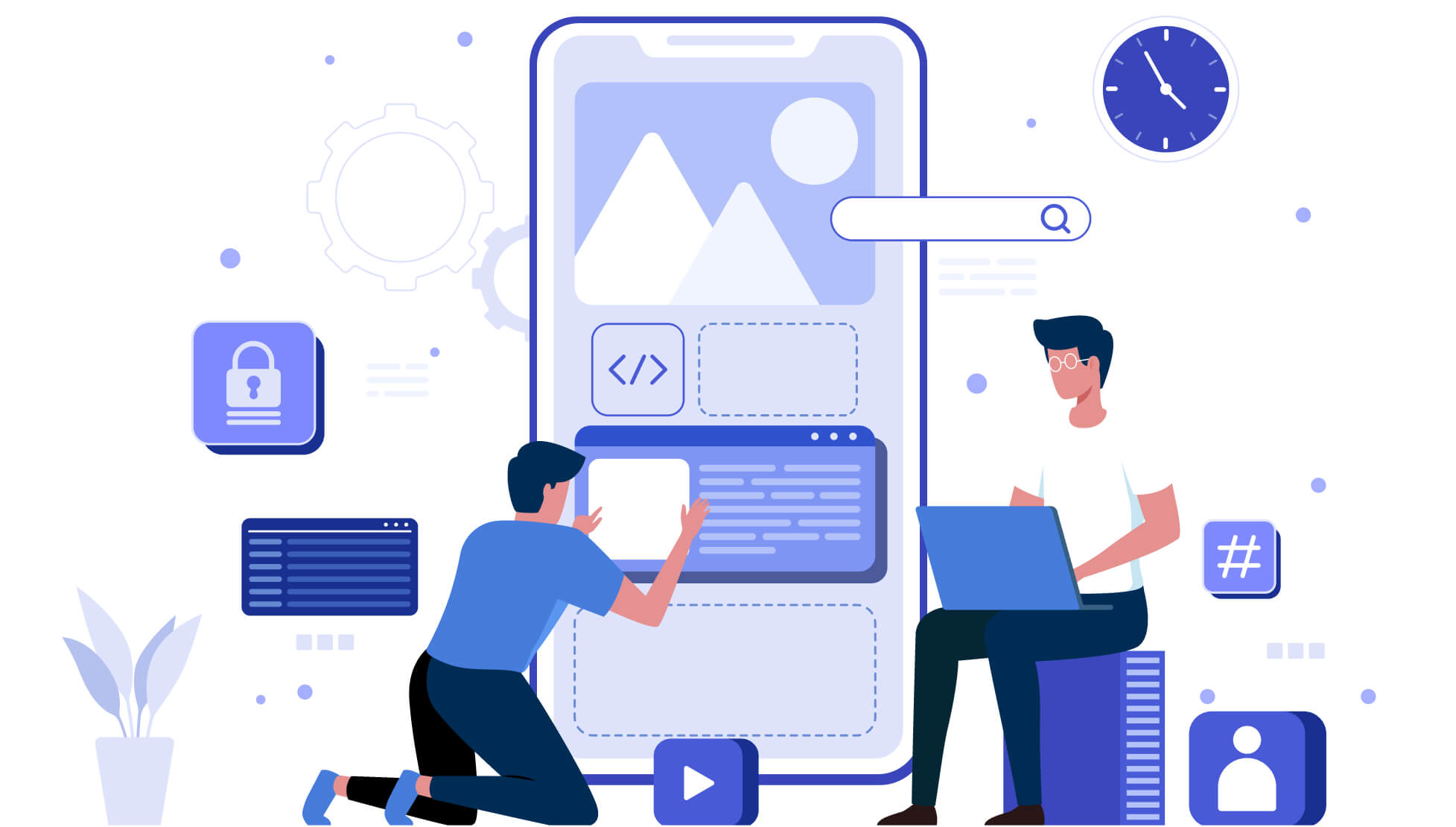
There are many types of testing to check your app:
A. Documentation Testing:
This is used to check if all the necessary requirements are met and to analyze all possible discrepancies and how it will be resolved. Types of documentation testing are:
- Test Scenarios
- Test Plan
- Test Scenario
- Test Case
- Bug Report
- Requirement Traceability Matrix
- Test Strategy
B. Functional Testing:
This type is used to check whether the app is working properly or not. It is usually used to check:
- If the app is installing and running properly
- Field testing
- Interruptions testing
- The feedback system is working properly
- Update services are working
- App is not freezing
C. User Interface (UI) Testing:
It is to see if the app’s GUI is meeting al the requirements and users are not facing problems while understanding and navigating the app.
D. Compatibility(Configuration)Testing:
It is used to see if your app is performing well in different devices, on the basis of its size, hardware, version and screen resolution.
It also takes care of database configuration, browser configuration, OS configuration, network configuration, and device configuration.
Compatibility testing is further divided into:
- Cross-browser testing: Testing your app and its compatibility in different browsers (Google Chrome, Opera Mini, Firefox, and Mozilla).
- Cross-platform testing: Testing the app and its compatibility on different operating devices (Android, iOS, Blackberry, etc).
- Device configuration testing: Compatibility of your app in different devices (Smartphone, tablet), in RAM, with different battery capacity and screen resolution.
- Network configuration testing: Compatibility of your app in different network standards (2G, 3G, 4G) and configuration (TDMA, GSM).
- Database testing: Compatibility of your app on different database configurations (DB2, MSSQL, Server, Sybase).
E. Performance Testing:
You need to check the performance and reaction of your app on the basis of specific workload. The performance attributes are:
- Load and Stress testing
- Stability testing
- Volume testing
F. Security Testing:
To check if the app is well protected from bugs and viruses, unauthorized access to extremely sensitive data and hackers.
G. Beta Testing:
This is a type of User Acceptance Test, where the developers release their almost finished product to a group of target audience so that the later can give them necessary feedbacks. This way, they can understand how their app works in the real world.
H. Recovery Testing:
To see if the app can recover from any damage or can withstand any hardware failure or software issues.
STEP 6-SUBMIT THE APP:
Submit your app in Google Play Store or App Store, after pull testing and debugging.
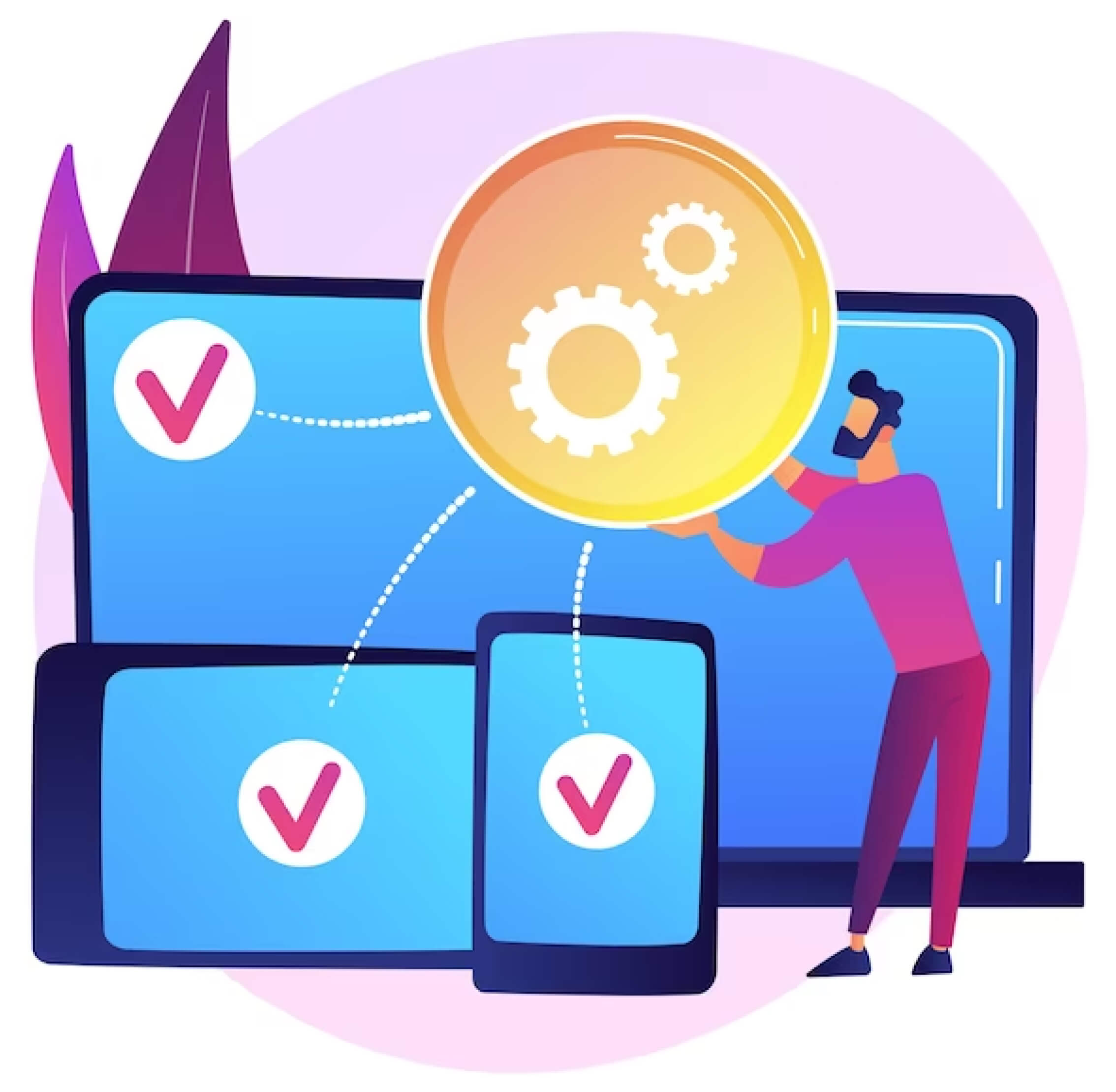
STEP 7-UPDATE YOUR APP FREQUENTLY:
It is important to check your app and update it regularly. There is always a room for improvement and so users are going to be the first person to see if anything is lacking.
Frequent updating keeps the users happy and it will also attract more customers. This way your app can get popular and will be able to remain in the competitive market.
FINAL TAKE:
Like I said before, creating and developing an app takes a lot of sweat and tears and it is a very time consuming process. So before developing an app, it is not of course essential that you know the market structure and demands of the users but also it is preferable that you take up certain courses of app developing and graphic designing incase you want to do everything alone.
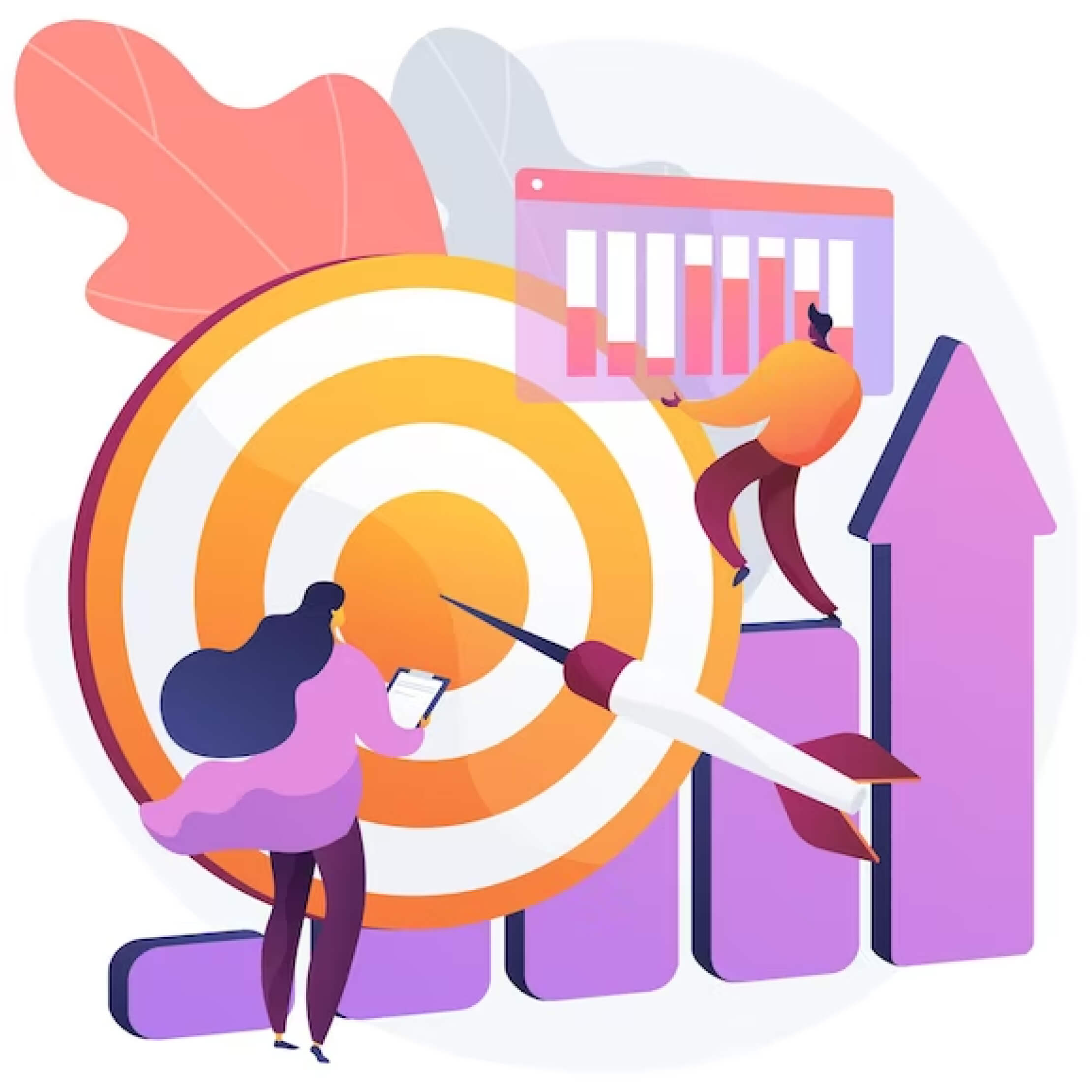
After publishing an app it is also important how you market it. There are different ways as to how you can market it but you need to understand which will result in more profit and which is more convenient. Users or customers will know about your app only if it is popular and marketed properly.
Personally, I think marketing and maintaining an app is far more difficult to do than actually creating it. If you can maintain your app properly only then can you stick around in this competitive and technologically advanced world.
